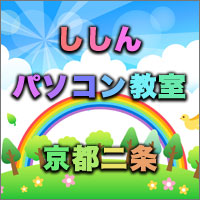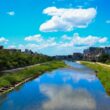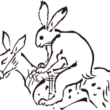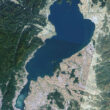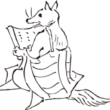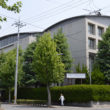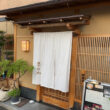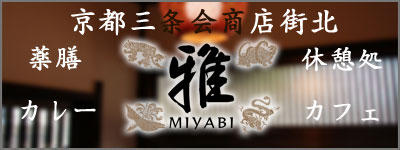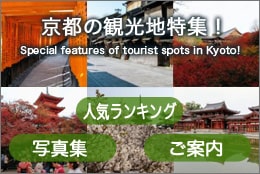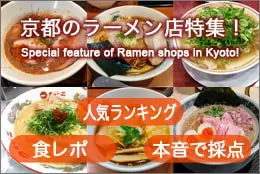Second movement: That’s why we live, in the middle of such an era – Part 1
Posted date:2024-03-08Author:じゅうべい(Jubei) Transrator:ポンタ(Ponta)
Category:The Sacred Biography of Heian Buddhism: Amitabha Sage (Hijiri) Kuya, ed.
広告
adsense4
Part 1: Grudge-ridden and branch deities
“Always sorry, young man.”
I, Tatumi, was also taking care of the poor and sick who were marking time together that day in Nishi-korokan.
We give these people food and medicine that Kuya-sama obtained from begging in Higashi market, and take care of them until they recover. Thanks to the daily guidance of my good friend Oyu, Ren, Kuya-sama and the monk Rensei-sama, I was finally finding ways to relate to people other than stealing things.
Nishi-korokan is built on Suzaku Street, which runs through the center of the capital, a little north of Rajomon gate, the southern gateway to the capital.
The people who live here and those who are brought in are all social outcasts and displaced for unreasonable reasons.
・A person who was sent out of his spare time and displaced by the downfall of the master he served, and lived for the day as a beggar.
・And those whose homes have been taken by repeated earthquakes and fires, for example.
Yes, the Kamo River floods caused by heavy rains that occurred just recently also caused extensive damage, with many people swept away from their homes and the capital also flooded. In addition, some time afterwards, a plague also raged, and the people of the capital were beaten into confusion and despair by the grudge spirits who brought the plague.
Speaking of grudge spirits, I recall seeing a strange one the other day.
adsense2
Perhaps this is a type of michi (path) deity that prevents the intrusion of evil spirits.
It was my good friend, Rensei-sama, who was working with me and Kuya-sama at the time, who told me this.
“Because the word ‘branch’ refers to a ‘fork in the road’. As the god of Michi, this statue of the god is probably trying to prevent evil spirits from entering from the outside. But.” Rensei-sama gazes at the statue of the god thoughtfully and seriously.
“Since it is called the Spirit, do they take this figure to be the Spirit that brings pestilence and other calamities? Or are they trying to counteract the evil spirits that bring misfortune by means of the spirit of the human sexual act? Either way, it’s kind of spooky.”
The Spirits.
They are the spirits of those who died in the midst of various political struggles, and who were not rewarded for their deeds.

To appease these spirits, an event was held in the Shinsen-en Garden in the capital of Kyoto in the 5th year of the Jougan Era (863). Called Goryoe, it was a ritual to pray for peace and tranquility by appeasing the spirits of the dead and bringing misfortune through the power of Buddhism and other means.
The flourishing of the Goryo faith, combined with the preaching of Mikkyo Enza (priests with outstanding power in invoking blessings and prayers to ward off misfortune), who taught the people who gathered at the meetings the importance of reparation of the dead, developed the people of the capital’s conception of the spirit,” said Rensei-sama.
– If any man dies and bears a grudge, the spirit may not be a human spirit, but it can bring about various kinds of hauntings. –
And now here is a very spooky apparition of the Spirit.
In the form of a male and female deity, with phallic and female genitalia carved into it.
“To be continued to the latter part”.
Author
じゅうべい(Jubei)
Hello everyone. I am Jubei, an earthling whose energy does not stop today. What I like is playing (manga, movies, music (J-Rock, etc.) and visiting cafes). Thank you for your understanding.
